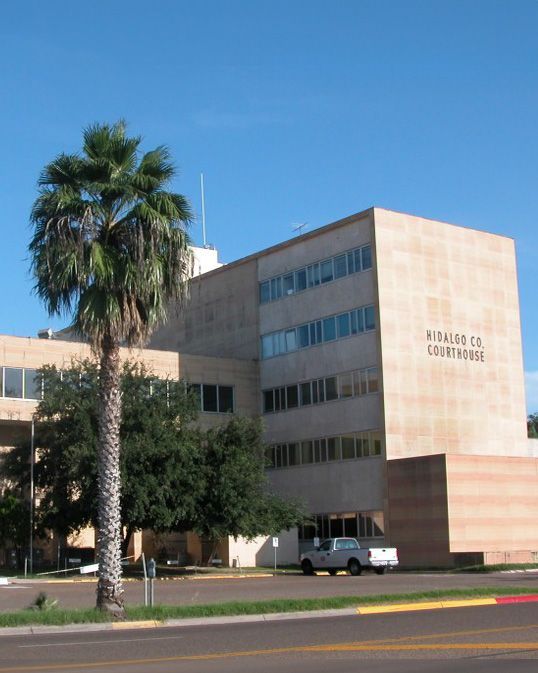Is Technology Promoting Distracted Driving or Safer Driving?
LAW BLOG •
Two questions sum up the debate surrounding the role of technology in day-to-day life: Is it necessary? Is it safe? Hesitancy as technological innovation continues to grow is understandable because it takes trust to take certain responsibilities. However, technology has the potential to improve different facets of day-to-day life, including the driving experience.
Why Are We Worried?
The most cited worries surrounding modern technology’s impact on the safety of driving fall under one category: distracted driving. When over 70% of teenagers report texting and driving, this worry begins to hold validity. Younger drivers are apt not only to text in the car, but to take advantage of cool car features, like Bluetooth that projects incoming calls from friends, or a booming surround-sound system. Distracted driving is a valid worry, but it detracts from the positive attributes that technology does provide drivers.
How Does Technology Help?
Despite the worries associated with technological distraction while driving, modern innovation has produced a myriad of features that help with various aspects of driving. In the case of young drivers, these innovations may even save them. If a driver forgets simple driving details (ex. checking a rear-view mirror while reversing) or makes larger mistakes (ex. checking blind spots while changing lanes), recent technology prevents the ensuing car accident. Various features of driving technology are useful in helping younger, and older, drivers from making human mistakes:
- Smart headlights automatically control the amount of light that escapes the headlights in various lighting situations. Smart headlights aid in driving at night and during dusk/dawn hours. Auto-dimming prevents the headlights from becoming too intense in darker environments and adjusts as the sun goes down and comes up. Additionally, the driver can still take manual control if necessary.
- Steering technology automatically navigates the car away from obstructive objects and other cars in the road. This technology activates when a car’s automatic braking system cannot prevent a collision on its own. Once this is determined, the car steers itself to safety.
- Rear-view cameras allow the driver to see how close their car is to objects that are behind them. This is helpful in prevents accidental collisions or dangerous situations when children are present.
- Vehicle-stabilizing technology assists the driver when road conditions worsen. This includes inclement weather conditions and off-roading scenarios that result from accidents.
- Cruise control and lane control technologies prevent accidents that occur when a driver is on a long trip. Cruise control allows the driver to set a specific speed for the car, while lane control prevents a potentially drowsy driver from drifting lanes.
- Blind spot detection systems help in lane changing and parking scenarios. Even when checking a blind spot manually, other distractions or road conditions could prevent accurate detection of oncoming vehicles that are entering a blind spot. Blind spot detection systems prevent this type of surprise.
Meet in the Middle
Technology isn’t the enemy in any driving scenario – distracted driving is. Distracted driving causes fatality every thirty minutes. happens under a multitude of disguises: makeup application, eating food, searching for directions or places to eat, listening to music, and even texting. Curb distracted driving that results from phone and car app usage by taking several precautionary steps:
- Activate the “do not disturb” mode on your phone or turn off notifications.
- Set your GPS before leaving – then lock the screen. Place the phone on your dashboard, and drive to your destination distraction-free.
- Set the radio’s volume to a specified level to prevent noise distraction.
- Pre-program speed and volume settings to cap out at certain levels (for smart car owners).
The “do not disturb” setting on iPhones have already decreased phone usage while driving by 8%. Although distracted driving is a valid concern regarding the state of technology and the driving process, the safety advantages that it provides outweigh this risk. Knowing how to properly utilize technology, and establishing firm boundaries in its use, are key in preventing accidents caused by distracted driving.
The post Is Technology Promoting Distracted Driving or Safer Driving? appeared first on GES Injury Attorneys.
Every state limits the amount of time you have to file a claim.
Don't Delay.
Contact the Attorneys at Gordon & Elias, LLP Today to preserve your right to a recovery.
Contact Us
We will get back to you as soon as possible.
Please try again later.
100% FREE CASE EVALUATION
Free Consultation • No Fee If No Recovery



